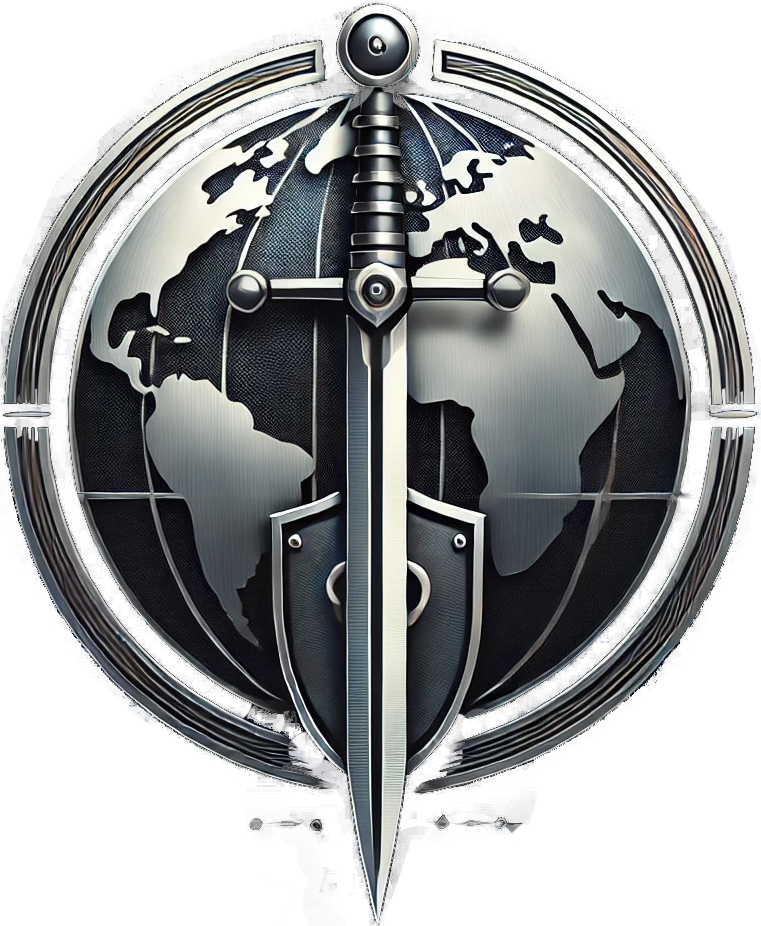The security of the President of the United States is one of the most sophisticated and rigorous operations in the world. Managed primarily by the U.S. Secret Service, presidential security combines highly trained personnel, advanced technology, and meticulous planning to ensure the President’s safety under any circumstance. Here’s an inside look at how this complex security system operates to keep the Commander-in-Chief safe.
1. What Are the Layers of Security Around the President?
The President’s security involves multiple layers, starting with an elite team of Secret Service agents trained in defensive tactics, emergency response, and threat assessment. These agents operate in close proximity to the President at all times, forming the first line of defense. Beyond the immediate detail, a second layer includes specialized teams responsible for securing venues, monitoring crowds, and maintaining surveillance. The Secret Service coordinates with other agencies, such as the FBI and local law enforcement, to extend the security perimeter, especially during public events or travels. This layered approach allows the Secret Service to respond rapidly to any potential threat.
2. How Does Technology Enhance Presidential Security?
Technology is a critical component of presidential security, providing real-time information and monitoring capabilities. Surveillance systems, including advanced CCTV, motion sensors, and facial recognition, help monitor the surrounding areas during presidential appearances. The Secret Service also uses electronic countermeasures to detect and neutralize threats like unauthorized drones or electronic eavesdropping devices. Armored vehicles, including the famous presidential limousine known as “The Beast,” offer additional protection, featuring bulletproof glass, reinforced armor, and emergency equipment. By integrating cutting-edge technology, the Secret Service can anticipate and mitigate risks before they escalate.
3. What Security Measures Are Taken During Presidential Travel?
When the President travels, security becomes even more intensive, with advance teams coordinating logistics weeks in advance. The Secret Service thoroughly inspects all travel routes, accommodations, and public venues, setting up secure zones and entry points. Air travel involves securing designated airspace with the assistance of the U.S. Air Force, and motorcades are planned to optimize safety. Additionally, Air Force One, the presidential aircraft, is a flying fortress equipped with defense systems to ensure the President’s safety in the air. These extensive measures allow the President to move safely, whether traveling domestically or internationally.
Presidential security is a blend of human expertise and technological innovation, ensuring that the President remains safe, regardless of the setting. With advanced planning and a vigilant, skilled team, the U.S. Secret Service upholds its mission to protect the President while allowing him to fulfill his duties securely and effectively.

